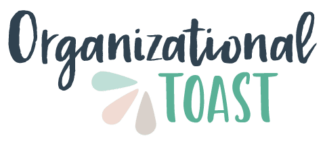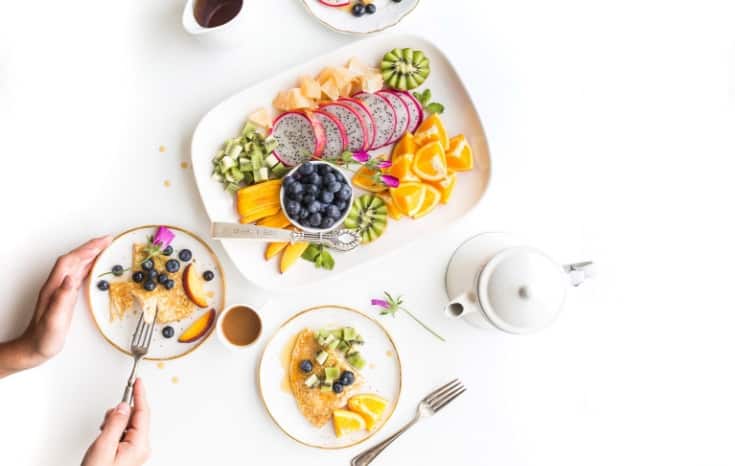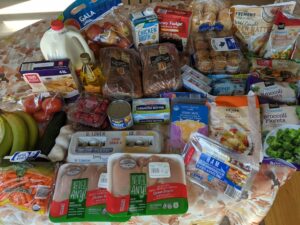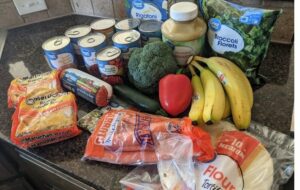Sharing is caring!
Many people believe that clean eating is expensive. The truth is, you can eat clean on a budget. Pre-packaged and convenience foods may make our lives easier, but they can wreck our budget and our health.
I used to think that eating clean meant I would be up at 5 am baking bread from scratch and that I needed a huge vegetable garden to support canning fresh food for the winter. While this is totally doable for some folks, this did not suit our family. I had to find other ways to eat clean, make easy dinners, and stay on budget. Instead, I have implemented some strategies to eat clean on a budget. that are simple and easy for anyone!
Related: Weekly Grocery Haul and Meal Plan Series
Eating clean means many different things to many different people. I am defining clean eating as:
- Fruits and veggies at every meal (Sometimes organic)
- Mostly whole grains
- Staying away from ingredients I can’t pronounce or are questionable. These include (but are not limited to):
- High Fructose Corn Syrup (or any artificial sweetener)
- Monoglycerides and Diglyceride
- Butylated Hydroxyanisole (BHA) (you’ll find these in bread and cereal)
- Azodicarbonamide
- Partially Hydrogenated Oil
- Nitrates/Nitrites
- Eating Lean Meats and Fish people. I am defining healthy eating as:grocery store
- Reducing Sugar and Sodium
The Food Babe has a TON of resources on her site and provides lots of great information about food and making good choices at the grocery store. This is a quick list that outlines the ingredients you should avoid:
Ingredients To Avoid In Processed Food
Now, does this mean we never eat a cracker or a chip? No. I believe that everything in moderation is ok. Luckily, these days you can still have cheese crackers without the questionable ingredients for about the same price as the cheese crackers with High Fructose Corn Syrup and BHA.
How do I make sure I’m buying clean foods on a budget? Here are a few tips on how to eat clean on a budget.
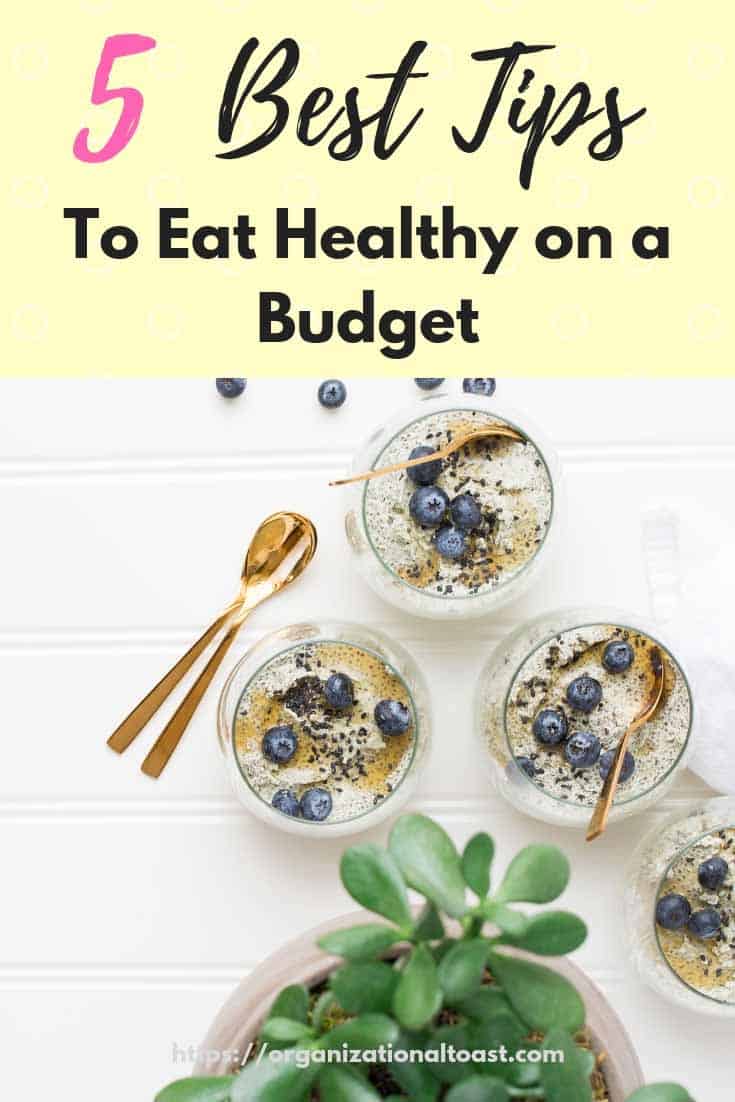
1. Check Sales:
I always check the sales before I go to the store. Nowadays, most major grocery stores have an app where you can check their weekly ad, find coupons, and even make your list right on the app (more about that next). Based on the sales, I come up with a meal plan.
Over time, I have learned which grocery stores in my area have the best quality and best-priced produce. I used to shop at one store but when I started paying more attention to what we were eating I realized I was spending the bulk of our grocery budget on processed foods and that the fresh foods were actually highly priced and poor quality. Once I made a the switch to less processed foods, I realized I could eat clean on a budget with no problems!
You can also use an app like Ibotta to earn money on your grocery shopping. I prefer Ibotta over the other apps because I can often earn cash back on produce and store brand items.
2. Make a List
Once I’ve checked the sales, I make a list of the items that are on sale so I know exactly what I need to buy. This also keeps me on track and helps to ensure that I buy only what I need for the week. Fresh fruits and veggies and other unprocessed foods don’t last that long so planning it out can cut back on your food waste. I usually will use the grocery store’s app because I can just click on an item and it goes directly to my list.
Lucky for you, I’ve already started a list of some of the most healthy budget-friendly items! These include:
- Bananas
- Eggs
- Whole wheat spaghetti
- Beans
- Broccoli
- Apples
- Carrots
- Sweet potatoes
- Oatmeal (no packets or flavors!)
Related: Meal Planning For Beginners
3. Start Small
This is a big one. With all the information out there it can sometimes feel like everything is bad for us! It can also feel like you have to throw everything out! Don’t do this!
I always suggest starting small. This could be as simple as saying to yourself “Ok, I am committing to making sure I don’t buy anything with High Fructose Corn Syrup” or “I will only buy whole wheat bread and pasta”. As you begin to build a clean eating habit you can begin to cut out more unhealthy processed foods and introduce healthier options into your diet.
4. Read Labels
I can’t tell you how many times I’ve purchased something thinking it was super healthy because the packaging said so, only to read the label when I got home and see there is a crazy amount of sugar or something really nasty lurking in the ingredient list.
When I first started reading labels, I was overwhelmed and confused. As I got into the habit, it became easy to scan a list of ingredients. And, truth be told, if you are buying less processed foods the ingredients list should be short and easy to read! You’ll save on your grocery budget because you will be putting back a lot of those convenience foods once you read those labels.
Related: 25 Easy Meals for Busy Nights
5. Mindset
More importantly, it comes down to mindset. It may seem overwhelming at first to think about having to say goodbye to some of your favorite convenience foods that have gotten you through rough times. When I first started moving away from the pre-packaged staples I was so used to I felt frustrated. I also made a lot of mistakes and backtracked sometimes. Some of my healthy meals were total misses that not even the dog would eat. But I didn’t give up and that is my advice to you is: Don’t give up! Just know that fresh foods and wholesome foods can also be just as easy and satisfying.
Remember friends, it is possible to eat clean on a budget. It may take some planning and a little more effort but the pay off is well worth it!
Check out my grocery haul and see what I am buying!
What do you struggle with the most? Finding a variety of budget friendly options? Sticking to clean eating? Leave a comment and let me know!
